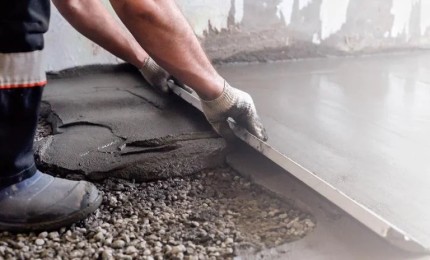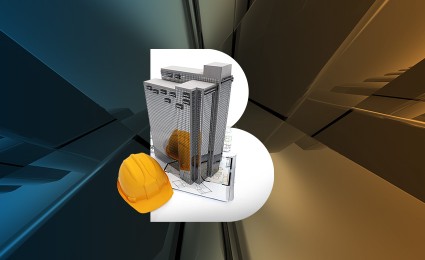By early 2009, light-emitting diodes became commercially viable for use in general lighting applications, marking a tipping point in an industry that had still been, in some cases, using technology that had existed for over a century (e.g. incandescent bulbs). LED lighting was a dramatic improvement over previous lighting technologies, even more recently developed compact fluorescent lighting. This major shift was felt globally from 2009 to 2014-15 during a period of rapid efficiency and LED manufacturing cost decreases. These ended with commoditization of the technology in key application segments such as consumer and retrofit. This cost improvement was not only a result of improvements to the underlying semiconductor technology, but also due to the perceived strategic nature of LED lighting from the Chinese government and corresponding major subsidies included in the 12th five year plan. At the turn of the decade, Chinese policy had created a highly competitive global lighting market, supported by over 10,000 domestic firms, some of which sold below materials costs and relied on subsidies. This was quickly felt by the big three light source manufacturers (GE Lighting, OSRAM, Philips), who had asset heavy technology positions, and were impacted by the volume and speed of competition from China. LED was not only superior in terms of efficiency, but also had substantial secondary benefits including light quality, ease of dimmability, product lifetime and increased design freedom. While most of these features are widely recognized and enjoyed by the market, increased design freedom is a benefit that is still in the process of being realized. The traditional fixture format, which has been dictated by the need to have a separate and replaceable bulb, no longer bounds design, as LEDs can provide even lighting in any shape that can house semiconductor chips small enough to fit on one's fingertips. In conclusion, LED has radically disrupted the global lighting market, shifted required core competencies and provided substantial benefit for end-users. Furthermore, LED is expected to become the dominating light source technology for the foreseeable future. OLED, which was widely hailed as the next disruptive lighting technology and heavily invested in by LG, has not yet reached the cost improvements, performance/light output and lifetime required to unseat LED in the general lighting market. The key advantage of OLED is greater form factor flexibility, which only outweighs increased cost in select applications such as automotive headlights, where any weight is treated as a constraint on performance.
![{[downloads[language].preview]}](https://www.rolandberger.com/publications/publication_image/Roland_Berger_549_Building_Materials_Winners_Cover_download_preview.jpg)


















